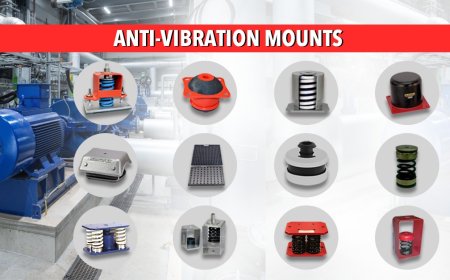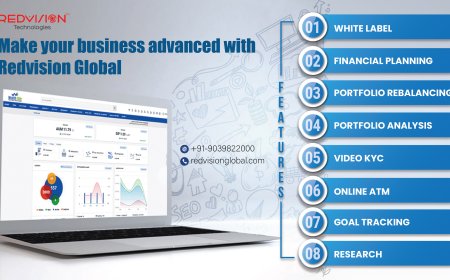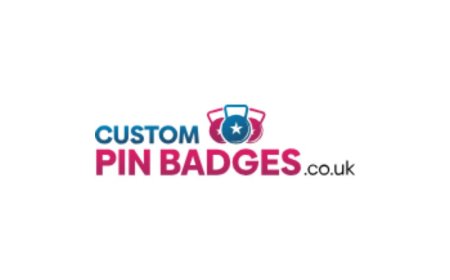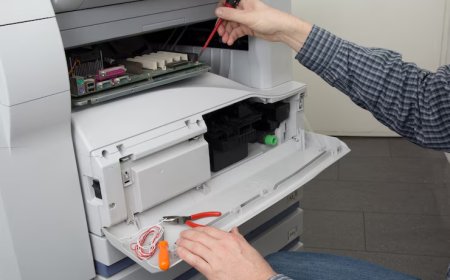How ISO 13485 Quality Management System for Medical Devices Drives Global Market Access
The Strategic Role of ISO 13485 Quality Management System for Medical Devices in Regulatory Alignment
The ISO 13485 Quality Management System for Medical Devices is more than just a compliance frameworkit is a strategic foundation for achieving market access across borders. With its harmonization to global regulatory expectations, including those of the FDA, EMA, and other regional bodies, companies in the life sciences industry use ISO 13485 to streamline documentation, enforce robust quality management practices, and ensure repeatable product quality.
When implemented with rigor, this quality management system creates an operational blueprint that aligns design, development, manufacturing, and post-market surveillance activities. It enables businesses to meet customer and regulatory requirements consistently while building a competitive edge in global markets.
Aligning ISO 13485 Quality Management System for Medical Devices with Global Regulatory Pathways
Manufacturers that adopt the ISO 13485 quality management system for medical devices are better equipped to enter markets such as the EU, Canada, Australia, Japan, and the US. This global adoption is facilitated by regulatory bodies recognizing ISO 13485 as a benchmark for quality assurance.
For organizations seeking CE marking in Europe or FDA clearance in the United States, compliance with ISO 13485 accelerates inspection readiness and reduces the risk of delays or remediation costs. This is especially relevant in the context of medical devices ISO 13485 and ISO 9001, where the alignment between general quality management principles and medical device-specific requirements ensures seamless integration of regulatory mandates.
Integrating Risk Management into the ISO 13485 Quality Management System for Medical Devices
A key pillar of the ISO 13485 framework is its strong emphasis on risk-based thinking throughout the product lifecycle. Risk Management is integrated into design, validation, production, and post-market activities, ensuring that safety and efficacy are not only maintained but continuously improved.
Unlike ISO 9001, which broadly supports quality across various industries, medical devices ISO 13485 and ISO 9001 combined provide a dual lens to manage both operational and patient safety risks. The result is a Quality Management System that helps manufacturers avoid nonconformances, reduce recalls, and build trust with stakeholders and regulators alike.
Digital Transformation of ISO 13485 Through Modern QMS Platforms
Traditional document-centric systems are no longer sufficient in todays digital-first regulatory environment. Modern QMS platforms automate the ISO 13485 quality management system for medical devices through real-time dashboards, audit trails, automated workflows, and centralized document control.
These platforms eliminate silos, minimize manual errors, and provide visibility into every quality process. A digital QMS not only supports compliance but enables faster time to market, improved change management, and streamlined communication across global teams. It also supports integration with broader enterprise systems such as ERP and PLM, delivering end-to-end traceability.
Harmonizing Medical Devices ISO 13485 and ISO 9001 Across the Product Lifecycle
Manufacturers that operate in both regulated and non-regulated environments can benefit significantly from harmonizing medical devices ISO 13485 and ISO 9001. While ISO 9001 establishes general quality management principles, ISO 13485 adds rigor through additional documentation requirements, risk controls, and device-specific process validations.
By unifying these standards within a single quality management system, businesses create a consistent and efficient quality infrastructure that can support a diverse portfolio of products. This harmonization reduces duplication of efforts, enhances supplier quality management, and fosters a culture of continuous improvement.
The Role of Supplier Quality in the ISO 13485 Quality Management System for Medical Devices
Supplier controls are a fundamental component of ISO 13485. Ensuring quality from external providers reduces risks of component failure and ensures compliance across the extended value chain. Effective supplier qualification, auditing, and monitoring are mandated, creating an interconnected quality ecosystem.
Advanced QMS platforms empower manufacturers to automate supplier performance reviews, track supplier-related nonconformances, and align procurement strategies with quality expectations. This is essential when operating under frameworks like medical devices ISO 13485 and ISO 9001, where external dependencies must be managed with precision.
Post-Market Surveillance and Feedback Loops in ISO 13485 Implementation
A quality management system built on ISO 13485 ensures that post-market data informs design and process improvements. Vigilance reporting, complaint handling, adverse event tracking, and trend analysis are all part of the feedback loop embedded within the system.
This proactive approach enables early detection of quality issues, prompt CAPA execution, and systemic updates that reduce future risk. It also demonstrates regulatory maturity and supports readiness for audits and inspections from global regulatory bodies.
Document Control and Traceability in ISO 13485 Quality Management System for Medical Devices
Efficient document control is a cornerstone of ISO 13485 implementation. All procedures, work instructions, forms, and records must be current, traceable, and audit-ready.
Modern QMS software enhances this capability by maintaining version histories, ensuring role-based access, and triggering automated approvals. This not only supports compliance with ISO 13485 requirements but also improves operational efficiency and reduces administrative burden.
Driving Business Growth Through Global Market Access
The ultimate value of implementing the ISO 13485 quality management system for medical devices lies in its ability to unlock new revenue streams. By meeting international regulatory expectations, companies can launch products faster, expand into new geographies, and respond to market demands with agility.
In an industry shaped by constant innovation and evolving regulations, adherence to medical devices ISO 13485 and ISO 9001 positions businesses as trustworthy, capable, and ready to lead in competitive markets. The investment in quality management returns tangible business value through compliance, customer satisfaction, and brand equity.
Conclusion: Why ComplianceQuest is Essential for 2025 and Beyond
As regulatory scrutiny intensifies and the pace of innovation accelerates, life sciences and medical device manufacturers must embrace a future-ready approach to quality management. ComplianceQuest offers an integrated, cloud-based QMS solution that transforms ISO 13485 implementation into a scalable, data-driven advantage.
With capabilities spanning design control, risk management, audit readiness, and global supplier collaboration, ComplianceQuest enables organizations to maintain compliance with medical devices ISO 13485 and ISO 9001 while driving strategic outcomes.
In 2025, choosing a QMS partner like ComplianceQuest is not just a compliance decisionits a growth decision. It empowers businesses to innovate confidently, expand globally, and sustain excellence in quality management amid rising complexity and competition.


































